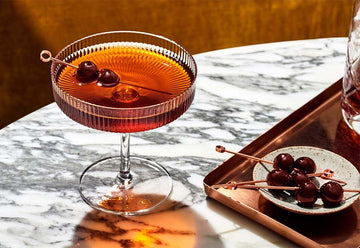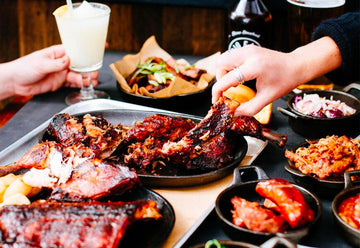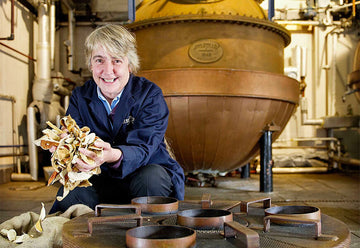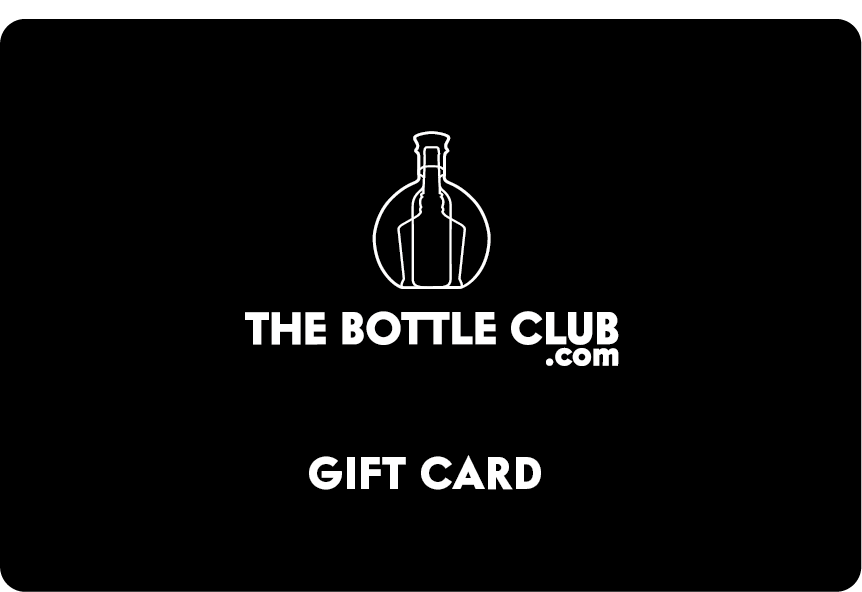

Champagne
Are you even celebrating if you don’t have a glass of Champagne in your hand? Whether it’s an anniversary, a birthday or a cuvee for that special dinner, these delicious sparkling wines always add an air of elegance to any occasion.
Champagne
There’s a reason why you always feel so fancy when drinking Champagne too. Its history shows an association with royalty as early as the 17th century, even though the first bottle was made by mistake.
But they don’t get this royal status easily. These beautiful bubbly wines have to go through a lot of specific practises to even be called Champagne. Exact vineyard practises, sourcing Pinot Noir, Pinot Meunier and Chardonnay grapes exclusively from designated places, must-have grape-pressing methods and carbonation approaches, are all things stringently monitored. So, you know you’re getting a top-quality wine, whether you prefer a Lanson or a Moët.
Which champagne is considered the best?
The truth is there are so many different variables in champagne making that the best might vary depending on one's own preferences. If you want our opinion then you can't go wrong with dry, naturally sparkling champagnes with at least four years in age.Which champagne is sweetest?
It really depends on your taste buds. There are different degrees of sweetness in champagne. The most popular bottles are Brut, Extra Dry, and Demi-Sec. These are your three general tiers of champagne sugar content. Brut has the least amount of sugars (~20g/L), but you can usually tell it's sweet because it's yellowy in colour. Extra Dry is next with ~30g/L sugar content, but this still doesn't have enough sugar to be considered a sort of sweet drink. The last tier is Demi-Sec (~55g/L). It might seem like the safest way to ensure that your bottle won't taste too dry or too sugary since it's smack dab in the middle.Can champagne go off?
Short answer: Yes. It turns out that sparkling wine (like most fermented beverages) is a mix of two different types of yeast: one with high alcohol tolerance and one with low. When the pressure forces the carbon dioxide into bubbles in bottles, most remains there while some rises to the surface and over time leaks out due to escaping gas. If no more CO2 is added, the liquid at the very bottom slowly rots until all you're left with is flat champagne. The result? Expired bubbly 😔 🍷 ◉ ੨ ⌣ ◉ ੨ ⌣ ◉ ੨ ⌣ ◉ ੨ ⌣How is champagne made?
Champagne is made in one of two ways (or a combination of both): The first way is production method champenoise, in which the grapes are macerated for 2-3 weeks to extract flavour and juice, before they are boiled down in sugar syrup. After the secondary fermentation in bottle, this creates sparkling wine. The second way is production method methode champagnoise frappe', where wine grapes are crushed with their skins still on for 6-8 hours to get colouration from the purple grape skins.Is champagne vegan?
Most champagnes are vegan, although a some brands use gelatine or isinglass in the winemaking process.




































